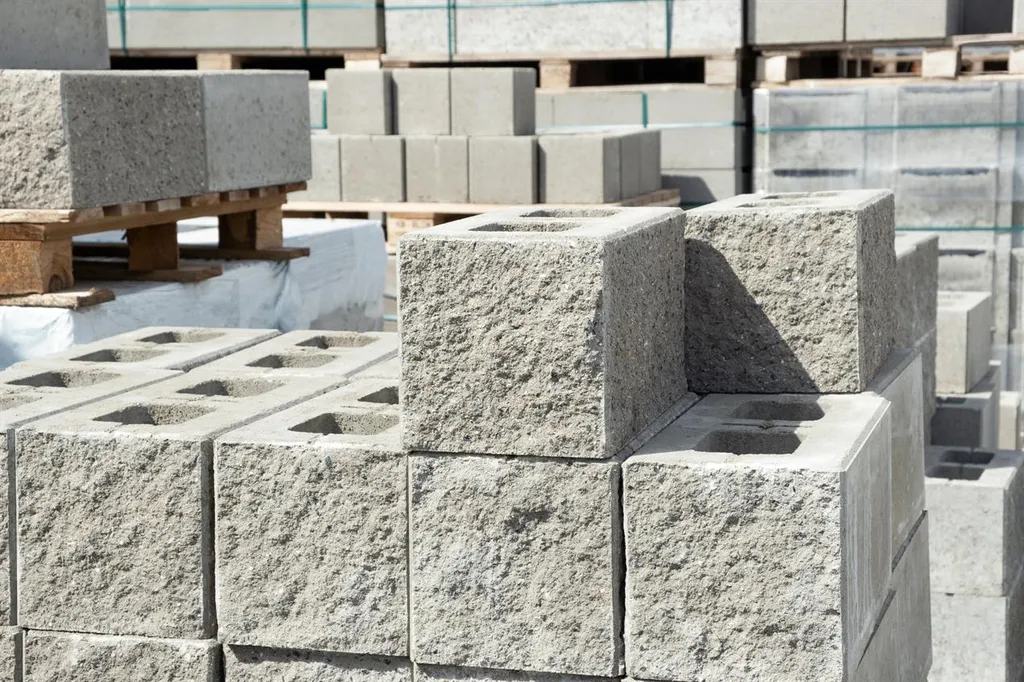In a groundbreaking development for sustainable construction, researchers have introduced an innovative pervious concrete that incorporates biochar derived from corn waste. This novel approach, led by Thanon Bualuang from Chiang Mai University’s Advanced Railway Civil and Foundation Engineering Center (CMU-RailCFC), offers a promising solution for low-carbon urban pavement applications.
The study, published in the journal ‘Developments in the Built Environment’ (translated as ‘Developments in the Built Environment’), presents a unique design where biochar replaces a portion of the natural fine aggregate in pervious concrete. Unlike previous research that focused on substituting biochar for cement, this approach uses biochar as a sustainable fine aggregate, replacing 7.5–12% of fine sand.
The optimized mix, dubbed BPC3, demonstrated impressive performance metrics. It achieved a 28-day compressive strength of 14.7 MPa, a total porosity of 27.3%, and a water permeability of 4.21 mm/s. These values meet the functional requirements for permeable pavements, making it a viable option for urban applications.
One of the most significant findings of the study is the environmental benefit. A cradle-to-gate life cycle assessment revealed a 21.6% reduction in greenhouse gas emissions compared to conventional pervious concrete. This reduction is attributed to carbon sequestration in biochar and the avoidance of CO2 emissions from the open-field burning of corn residues.
“Our research demonstrates that corn-biochar pervious concrete can deliver the necessary mechanical and hydraulic performance while substantially reducing embodied carbon,” said Bualuang. “This offers a low-carbon solution for sustainable pavement construction.”
The commercial implications for the energy sector are substantial. As the world shifts towards sustainable and low-carbon solutions, this innovative concrete mix could play a crucial role in reducing the carbon footprint of urban infrastructure. The use of agricultural waste not only provides a sustainable disposal method but also adds value to the waste material, creating a circular economy.
This research could shape future developments in the field by encouraging the exploration of other agricultural wastes for similar applications. It also highlights the potential of biochar in construction, opening up new avenues for research and development.
As the construction industry continues to seek sustainable and eco-friendly materials, this study offers a promising solution that could revolutionize the way we build our urban environments. The integration of biochar into pervious concrete is not just a step forward in sustainable construction but also a testament to the power of innovation in addressing global challenges.

